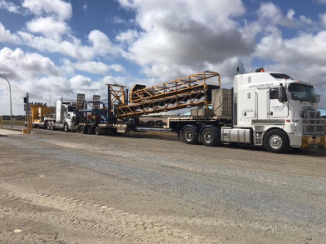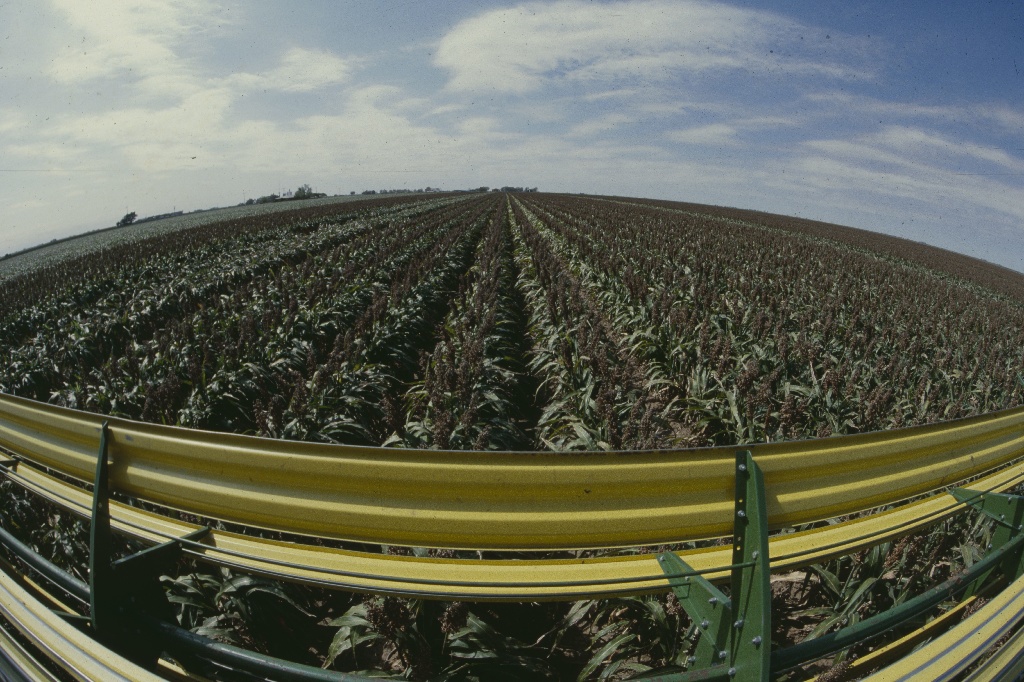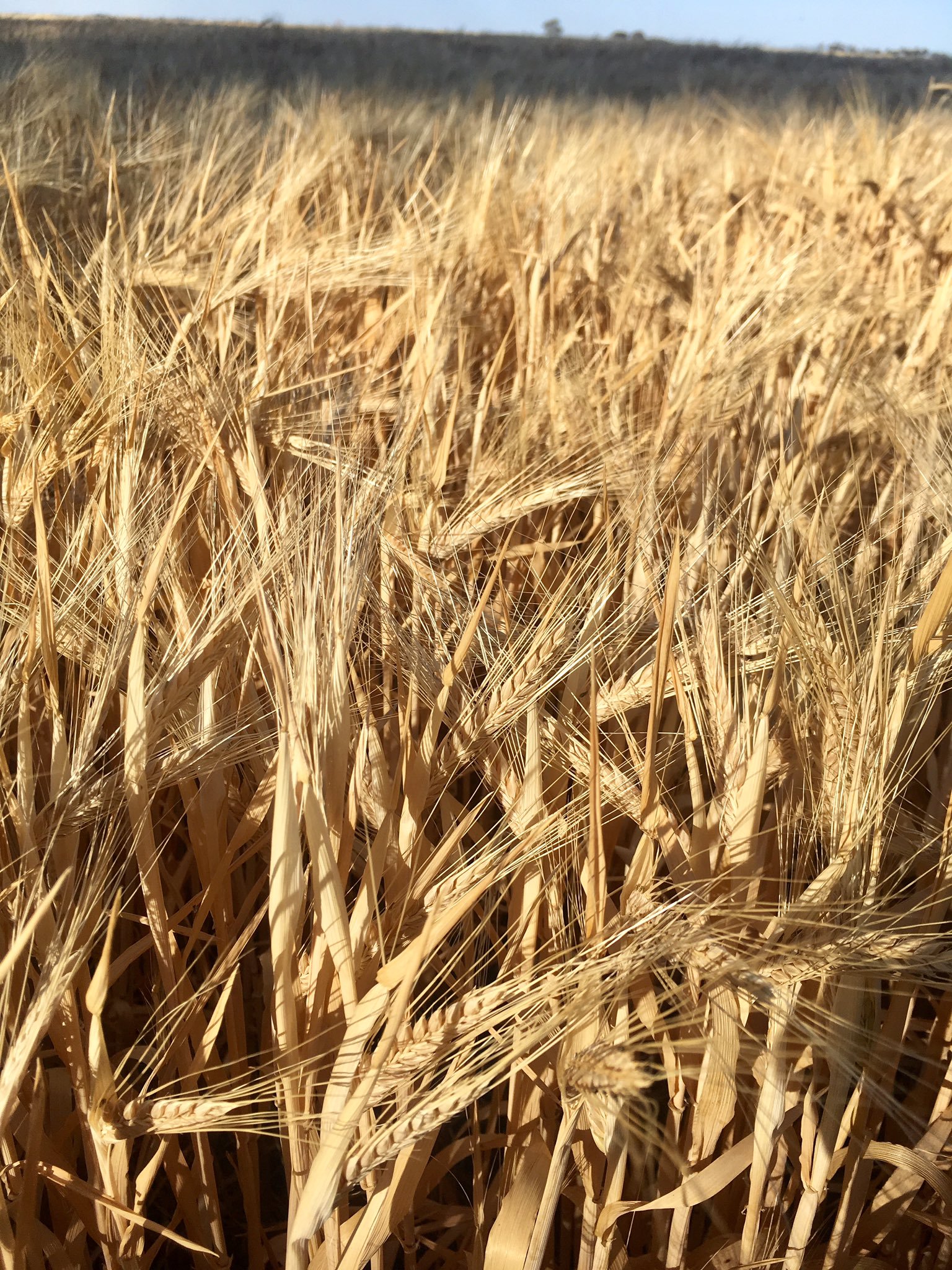Temperatures rise as harvest nearing the end
by Matt Wallis
The conditions throughout the east coast of Australia remain unchanged with temperatures rising and no rain again in the short to medium term forecast. The latest BOM outlook suggests warmer and drier conditions are likely to continue into 2020. This week we are tipped to again see the mercury rise above 40 degrees in most areas of the state.
As it stands and two to three weeks ahead of schedule, harvest throughout the central west and southern NSW is complete. The exception, albeit in minor volumes, being crops under irrigation to the west of Narrandera through to Carrathool and completion anticipated by week’s end. Given the forecast we can expect the harvest pace to significantly ramp up to the south throughout the Victorian Wimmera and Mallee over the next 10 days which should see the lion’s share of that crop harvested.
From a pricing perspective, we have seen both wheat and barley trend higher over the previous week. Port Kembla APW wheat is up almost $10 to be bid as high as $395 port. The delivered markets have seen premiums in place for prompt delivery with the Darling Downs bid as high as $450 and Griffith market zone $360 while January delivery is slightly discounted for the time being.
Barley markets have also seen a kick with most delivered homes bid higher week on week. At present the spread between APW and BAR1 is narrowing as a function of the increasing barley demand however still at levels favoring the commodity in the ration. Feedlots in SNSW featured at $320 for December delivery up $15 since early December.
Ex farm prices for barley have firmed in most areas of late with the Riverina offered in thin volumes between $310-$330/t for BAR1/2. Further south and across the border, northern Victoria through to the Wimmera has seen strong demand from the drought feeding program in NSW priced equivalent to $315-$335 delivered north of the Murrumbidgee River where livestock containment lots are becoming more common and should feature heavily in the program.
The feed deficit on the east coast has already and will continue to see trucks, trains and boats arrive originating from SA, VIC and WA. With better than expected yields in SA and VIC this year it is expected more grain from these origins will be transshipped into our domestic homes to satisfy demand.
The release of the USDA’s World Agricultural Supply and Demand Estimates (WASDE) report is due this week which will provide some valuable insight into current and new crop production and trade prospects. Although world wheat stocks are plentiful at present, an opportunity may present itself for an Australian export program with heavy rainfalls and lack of snow over the EU, Black Sea and Argentina, slow French wheat planting progress, a smaller planted US winter area and establishment issues currently contributing to a less bearish global picture.
The question for now is that how much longer will our domestic basis be supported by these weather premiums?
Northern drought sends big machinery south to support harvest

Extra equipment has been trucked into GrainFlow sites in Victoria and South Australia for this year’s harvest.
Read MoreTime running out for sorghum

The traditional planting dates for Southern Queensland and Northern New South Wales are passing by and today it feels like we’re on track for the smallest sorghum crop in many years driving prices to levels we have not seen for some time.
Read MoreRains and cooler weather slowing down harvest progress

Last week’s rain events throughout New South Wales saw up to four inches fall in parts, proving to be more of a hinderance than help given the volume of exposed hay sitting in paddocks and maturity of the crop.
Read MoreSmall relief, but can it restore belief?

Much needed rain fell over most of NSW at the end of last week, and then continued right through the weekend as the system moved slowly through inland areas.
Read More